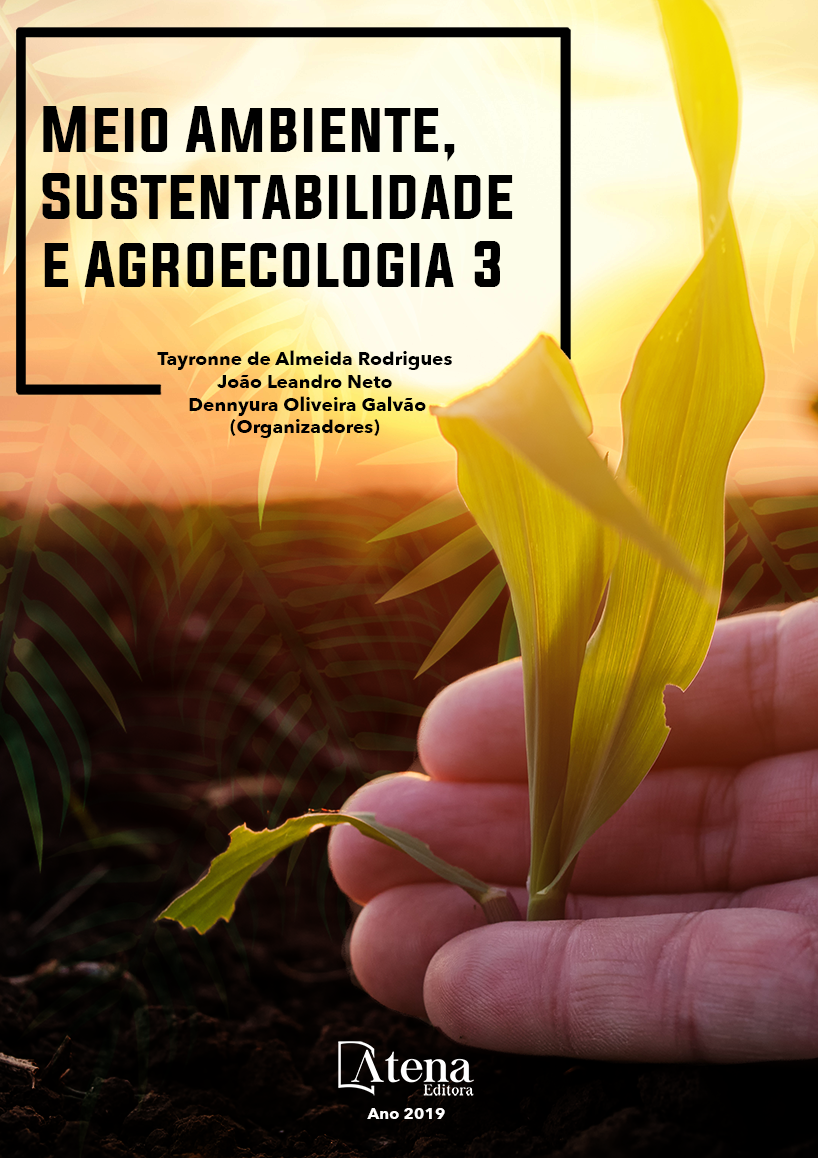
PLANTAS FITOTERÁPICAS: EFEITO DE DIFERENTES CONCENTRAÇÕES DE AIB NO ENRAIZAMENTO DE Arrabidaea chica (HUMB. & BONPL.) B. VERL. (PARIRI)
O objetivo deste trabalho foi avaliar
a influência de diferentes concentrações
do regulador de crescimento AIB (ácido
indolbutírico) no enraizamento de miniestacas
de pariri. O estudo foi desenvolvido na
Embrapa Amazônia Oriental, onde foram
utilizados como explantes segmento nodais
com aproximadamente 2cm de comprimento.
O delineamento experimental utilizado no
experimento foi inteiramente casualizado com
cinco tratamentos, sendo o tratamento T1=0
(testemunha); T2=50; T3=100; T4=150; e
T5=200 ppm (ml.L-1) de ácido indolbutírico
com 20 repetições. Após 45 dias avaliou-se o
percentual de enraizamento, número de raízes e
comprimento da maior raiz e comparadas entre
as médias dos tratamentos. De acordo com os
dados coletados, o tratamento T1(Testemunha),
apresentou Resultado mais significativo (40%)
em relação às estacas enraizadas. O tratamento
(T5) foi menos significativo para todas variáveis.
PLANTAS FITOTERÁPICAS: EFEITO DE DIFERENTES CONCENTRAÇÕES DE AIB NO ENRAIZAMENTO DE Arrabidaea chica (HUMB. & BONPL.) B. VERL. (PARIRI)
-
DOI: 10.22533/at.ed.29319160423
-
Palavras-chave: ácido indolbutírico; micropropagação; planta medicinal.
-
Keywords: indolbutiric acid;micropropagation; medicinal plant.
-
Abstract:
The objective of this paper was to
evaluate the influence of different concentrations
of the IBA (indolbutyric acid) growth regulator on
the rooting of pariri minicuttings. The study was
carried out in the Embrapa Eastern Amazon
Garden, where were used as explants nodal
segments with approximately 2cm length.
The experimental design was completely
randomized with five treatments, with T1 = 0
(control); T2 = 50; T3 = 100; T4 = 150; And T5
= 200 ppm (ml.L-1) of indolebutyric acid with
20 replicates. After 45 days the percentage of
rooting, number of roots and length of the largest
root were evaluated and compared between the
means of the treatments. According to the data
collected, T1 (Control) treatment presented a
more significant result (40%) in relation to rooted
cuttings. Treatment (T5) was less significant for
all variables.
-
Número de páginas: 15
- RAPHAEL LOBATO PRADO NEVES
- OSMAR ALVES LAMEIRA
- ANA PAULA RIBEIRO MEDEIROS
- FÁBIO MIRANDA LEÃO
- MARIANA GOMES DE OLIVEIRA


